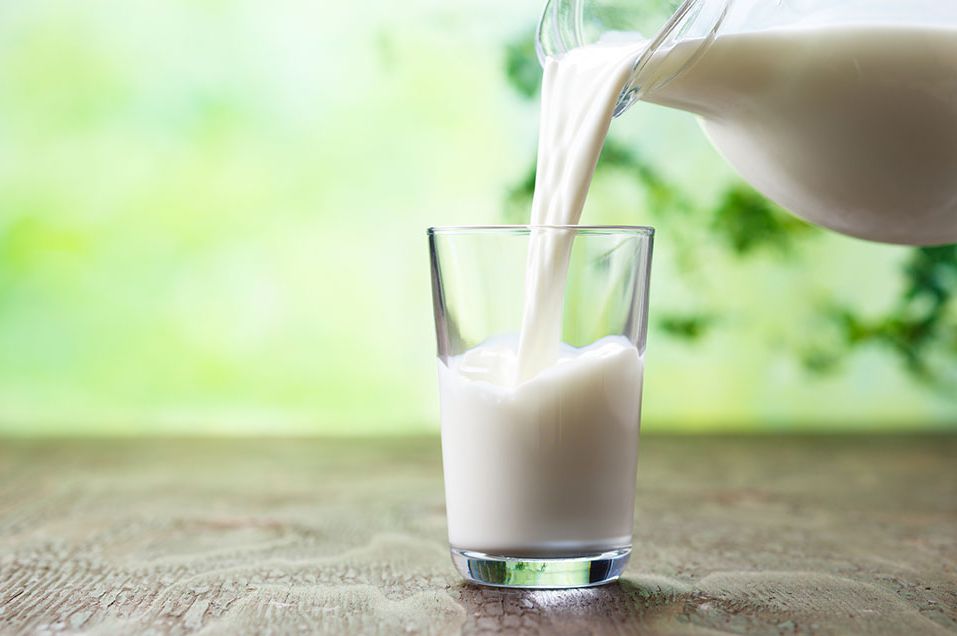Fun fact: Cleopatra, the infamous last queen of Egypt, reportedly took daily baths in donkey milk to maintain her smooth, glowing skin.
This might just seem like a crazy beauty hack used before things like bath bombs and moisturizers were invented, but it’s actually pretty legit, thanks to milk’s secret ingredient: lactic acid.
What is lactic acid?
Lactic acid is a type of alpha hydroxy acid (AHA) that is found naturally in milk, fruits, vegetables, and other botanicals.
Lactic acid is a larger molecule compared to other AHAs like glycolic acid. The size diff means it releases into your skin more slowly—making it one of the gentlest AHAs out there.
What does lactic acid do, exactly?
Lactic acid is an exfoliant, and is generally recommended to improve acne, discoloration, and fine lines and wrinkles on sensitive, dry and mature skin types that may be easily irritated by other more aggressive acids in this group.
Along with increasing cell turnover and stimulating collagen production like its fellow acids, lactic acid also ups the natural barrier lipids in skin, which prevents water loss and helps hydrate your skin.
It’s especially good for treating bumpy skin without exacerbating dryness, says Debra Jaliman, M.D., assistant professor of dermatology at the Icahn School of Medicine at Mount Sinai.
How do you use it?
Like with other alpha hydroxy acids, look for a lactic acid peel or other products that you use a couple of times a week for deeper exfoliation, says Jennifer MacGregor, M.D., Union Square Laser Dermatology. It’s often combined with low percentages of other alpha hydroxy acids for best results.
FYI: If you’re a vegan, you might want to skip this ingredient. While most lactic acids found in skin-care products come from beets, the Environmental Working Group notes that there is still a risk that it could be from an animal source. Use other, plant-based alpha hydroxy acids like glycolic or citric acid instead.













